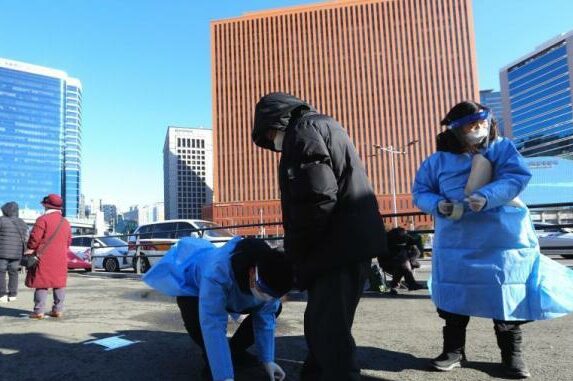February 8 Zheng Yinjing, director of the South Korean Disease Control Agency, said on the 8th that the pandemic situation in the Capital Circle is still serious, but considering comprehensively, some prevention and control measures in the non-Capital Circle will be relaxed.
According to the report of the Central pandemic Prevention Headquarters of South Korea on the 8th, in the past 24 hours, there have been 289 new confirmed cases in South Korea, with a total of 81,185 confirmed cases.
This is the first time that the number of new confirmed cases in a single day has dropped to less than 300 since the third wave of the pandemic last November.
Zheng Yinjing, director of the South Korean Disease Control Agency, said at a press conference on the afternoon of the 8th that in the past week, South Korea has added an average of 354 new cases per day, about 16% compared with the previous week, and the growth of the pandemic in non-capital area has slowed down.
From the same day, South Korea has relaxed the pandemic prevention control in the non-capital circle to a certain extent, allowing restaurants, cafes, etc. to extend their business hours to 22:00.
However, the Capital Circle will continue to maintain a 2.5-level pandemic prevention response level, and restaurants, cafes and other restaurants will be closed after 21:00.
“The pandemic still faces many risks.” Zheng Yinjing pointed out that the pandemic situation in the capital circle is still serious, with a large number of new cases; 15 new cluster infections have occurred in the past week
And more than 25% of the confirmed cases are related to collective infection; South Korea has confirmed 54 cases of mutant COVID-19 infection, which may aggravate the spread of the pandemic.
Zheng Yinjing said that as the Spring Festival approaches, a large number of people may return home for the Spring Festival, which will increase the risk of the spread of the pandemic.
It is recommended that people cancel the meeting plan with relatives and friends this year and abide by the pandemic prevention guidelines.



